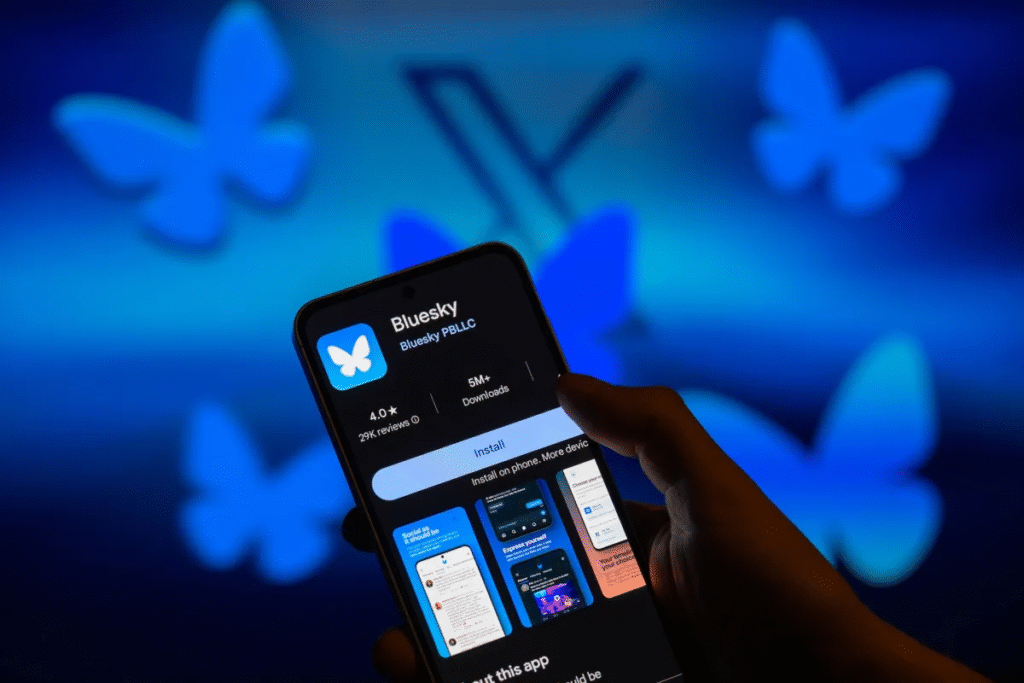Bluesky may soon roll out a blue check verification system, according to recent updates to its public GitHub repository, discovered by reverse engineer alice.mosphere.at. The new system appears to be inspired by Twitter’s (now X’s) verification process, but with significant differences in how the platform handles user verification.
Key Differences from X’s Verification System
Bluesky’s blue checkmarks will likely have a similar visual look to those found on Twitter (X), but the underlying mechanism is set to be distinct. Rather than relying solely on the platform to verify users, Bluesky plans to incorporate multiple trusted organizations that will play a role in issuing the blue checks.
According to changes spotted in the repository, Bluesky will actively verify notable accounts and also allow specific organizations, designated as “trusted verifiers,” to directly issue blue checks. This decentralized approach is different from Twitter (now X), where blue checks are now available through a paid subscription model.
Bluesky’s approach is more about leveraging trusted entities to distribute verification rights, which could include major media outlets like The New York Times. Trusted organizations will be able to grant blue checks to users, providing greater transparency in the verification process.
How the New Verification System Will Work

A blog post found within the codebase, titled “verification,” points to an official announcement expected as soon as April 21, 2025. This may include detailed instructions for users on how to obtain blue checks and how trusted verifiers will be recognized.
An image discovered in the repository shows the blue check icon – a blue circle with a white checkmark – that will appear next to verified users. Trusted verifiers themselves will get a scalloped blue circle containing a white checkmark. Tapping on the blue check will allow users to see which organization granted the verification.
Bluesky vs. X’s Blue Check Approach
While X (formerly Twitter) has made headlines for its controversial blue check system, which now includes a pay-to-play model for verification, Bluesky seems to be taking a more decentralized approach by involving trusted third parties. This could allow for more meaningful verification and prevent the dilution of the blue check’s value, something that critics of X’s system have raised concerns about. Unlike X, where the blue check has been criticized for being offered to both influential figures and those willing to pay, Bluesky’s system might ensure more credibility for verified users.
What’s Next for Bluesky?
Bluesky’s CEO Jay Graber had previously hinted at trying out new methods of verification, and it seems that the platform is following through on those plans. The upcoming April 21, 2025 announcement will likely shed more light on how the system will operate and which organizations will be eligible to issue blue checks.
Bluesky did not respond immediately to TechCrunch’s request for comment regarding the upcoming system changes.
Conclusion:
Bluesky’s decentralized verification model could offer a more robust solution to user verification than X’s pay-for-verification system. It remains to be seen how effective this new approach will be, but the involvement of trusted organizations like news outlets and influencers may bring new credibility to the process.
Also Read : OpenAI Launches Flex Processing for Cost-Effective, Slower AI Tasks








